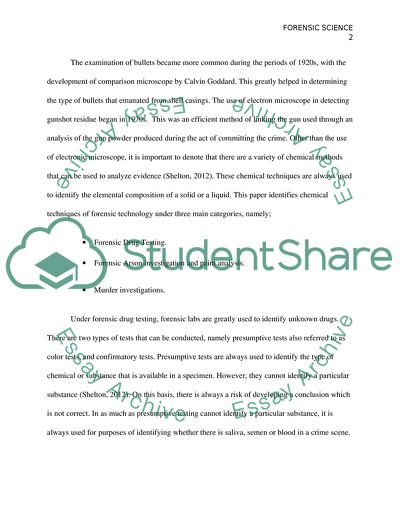Cite this document
(Forensic Science as a Very Important Element in Law Enforcement and Ad Report, n.d.)
Forensic Science as a Very Important Element in Law Enforcement and Ad Report. https://studentshare.org/law/1805742-forensic-material-identification
Forensic Science as a Very Important Element in Law Enforcement and Ad Report. https://studentshare.org/law/1805742-forensic-material-identification
(Forensic Science As a Very Important Element in Law Enforcement and Ad Report)
Forensic Science As a Very Important Element in Law Enforcement and Ad Report. https://studentshare.org/law/1805742-forensic-material-identification.
Forensic Science As a Very Important Element in Law Enforcement and Ad Report. https://studentshare.org/law/1805742-forensic-material-identification.
“Forensic Science As a Very Important Element in Law Enforcement and Ad Report”. https://studentshare.org/law/1805742-forensic-material-identification.


